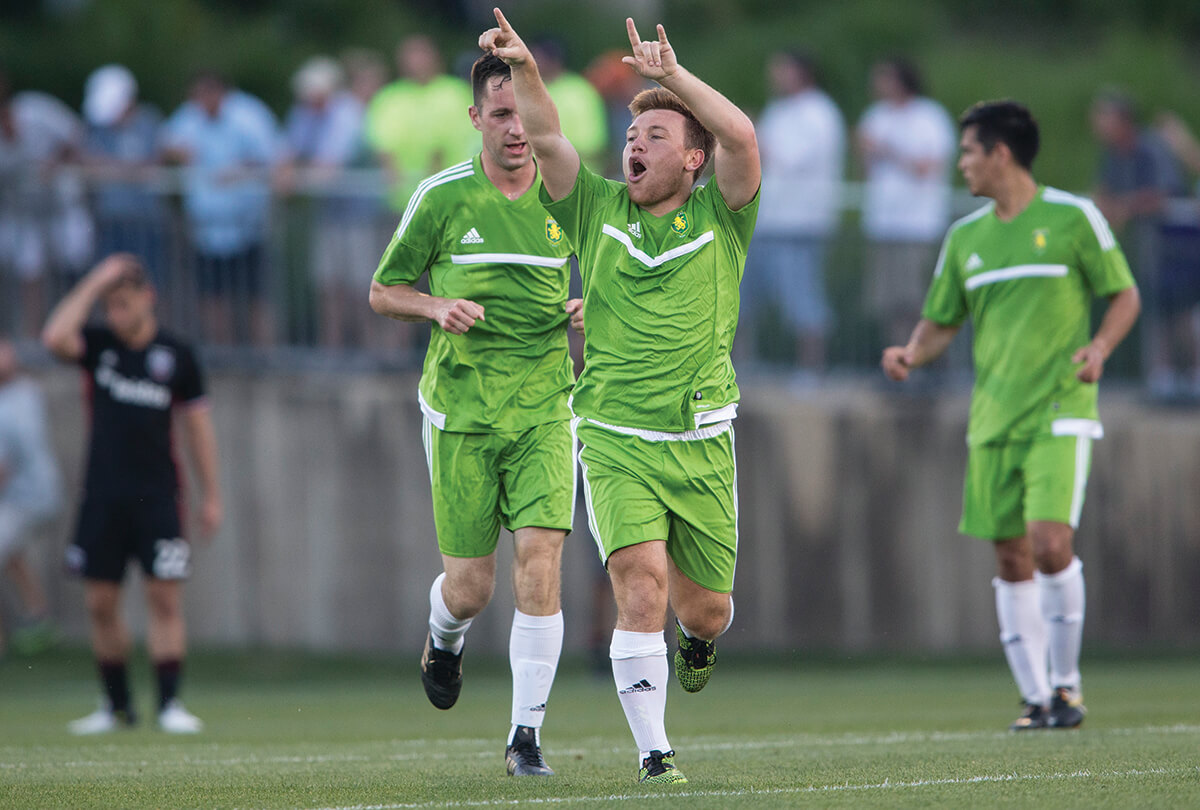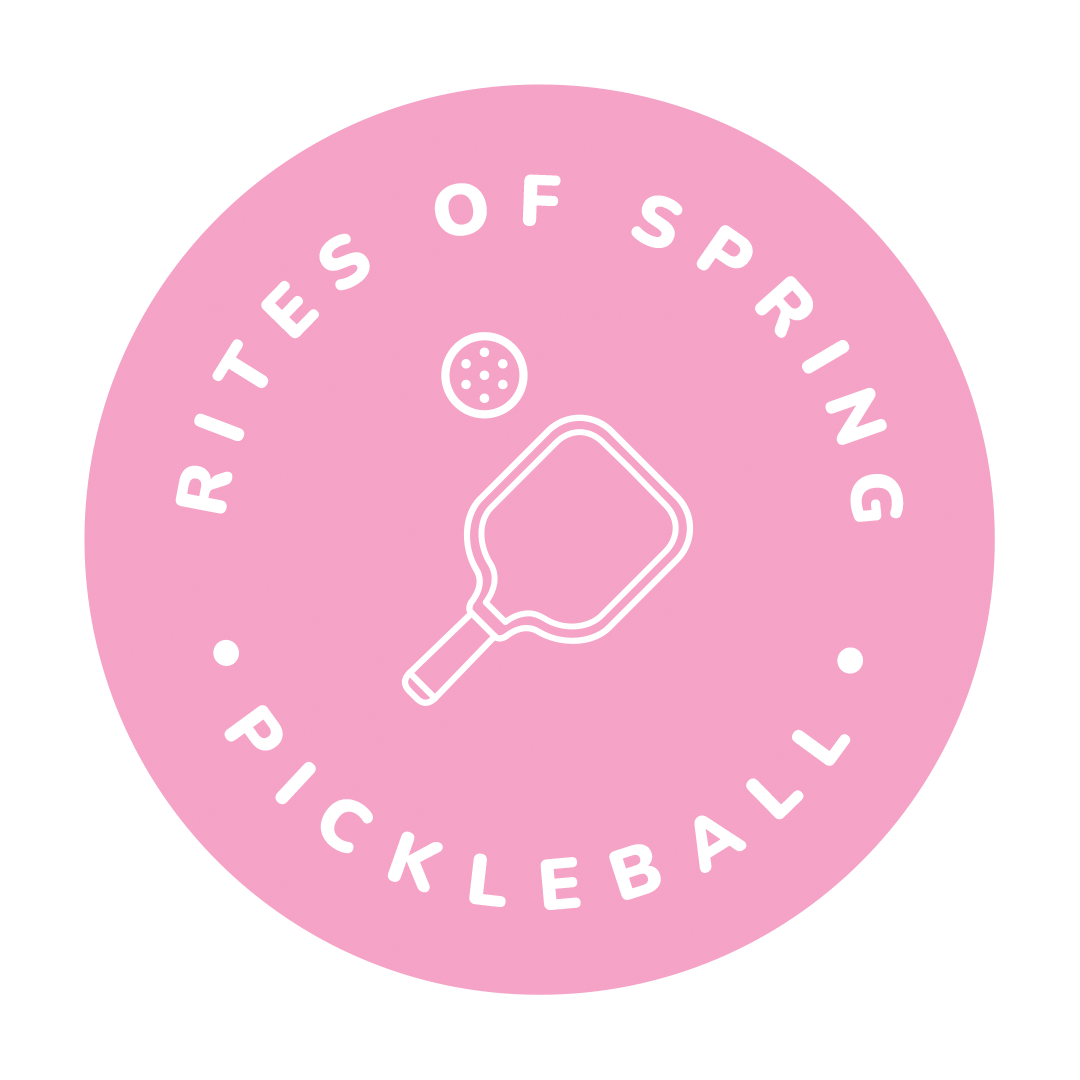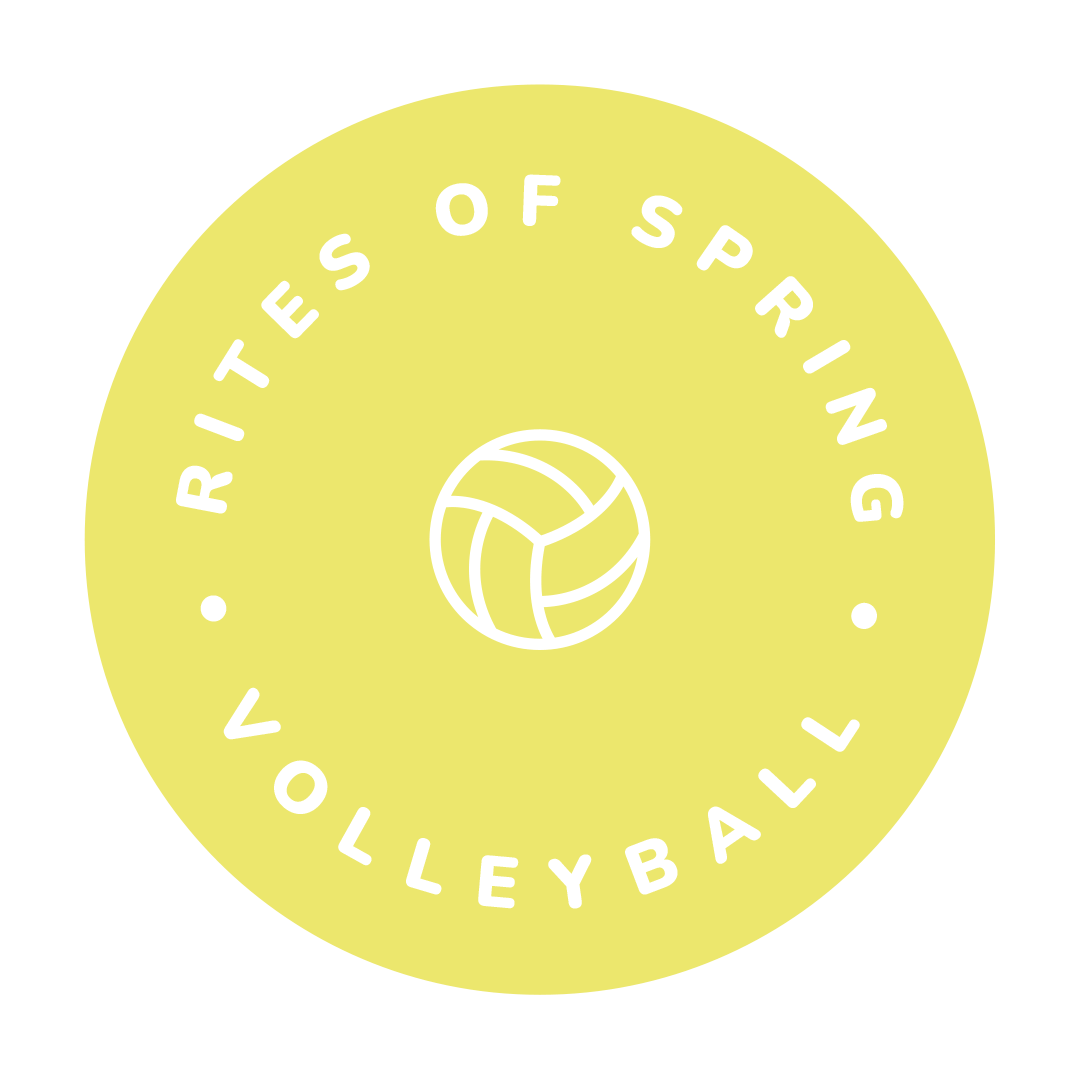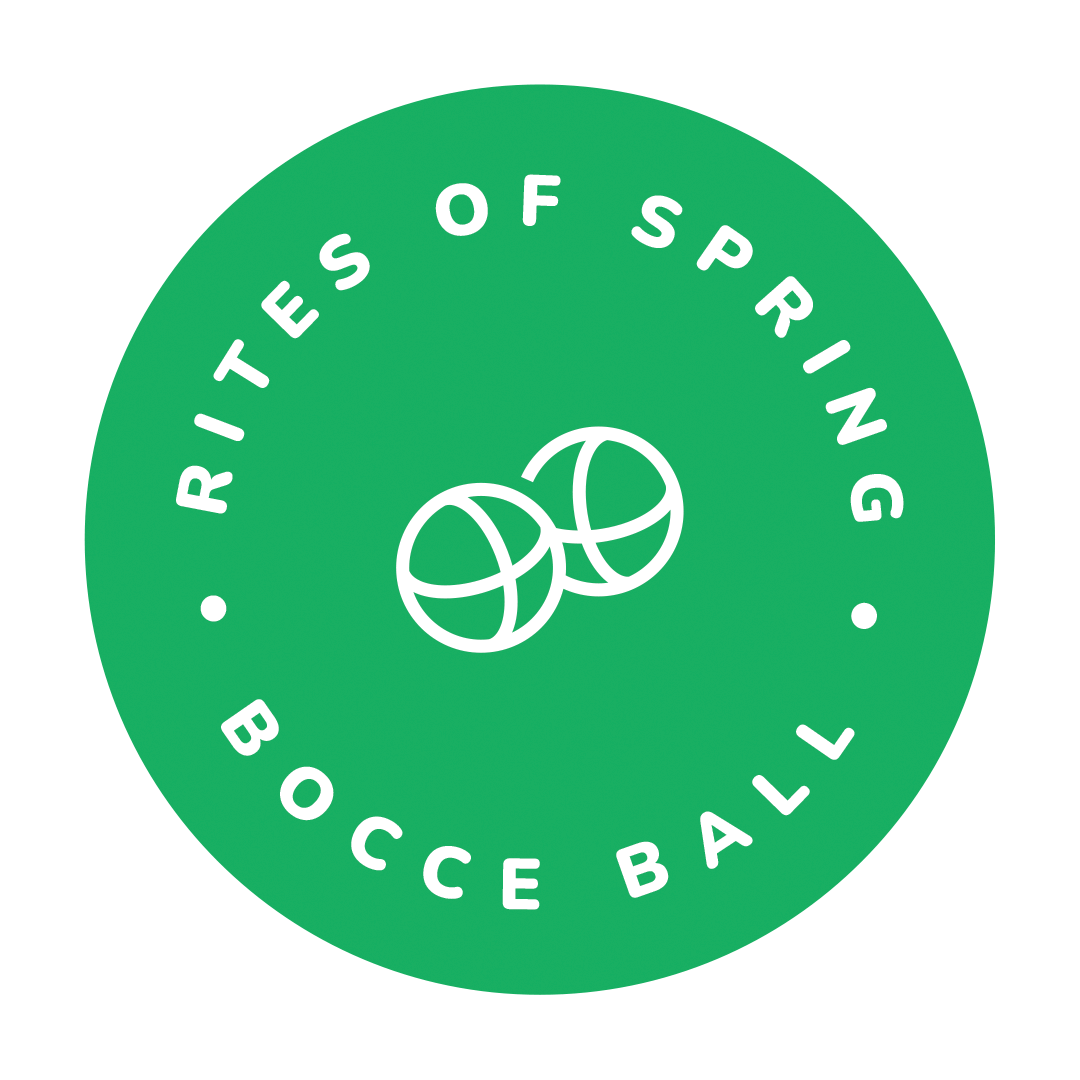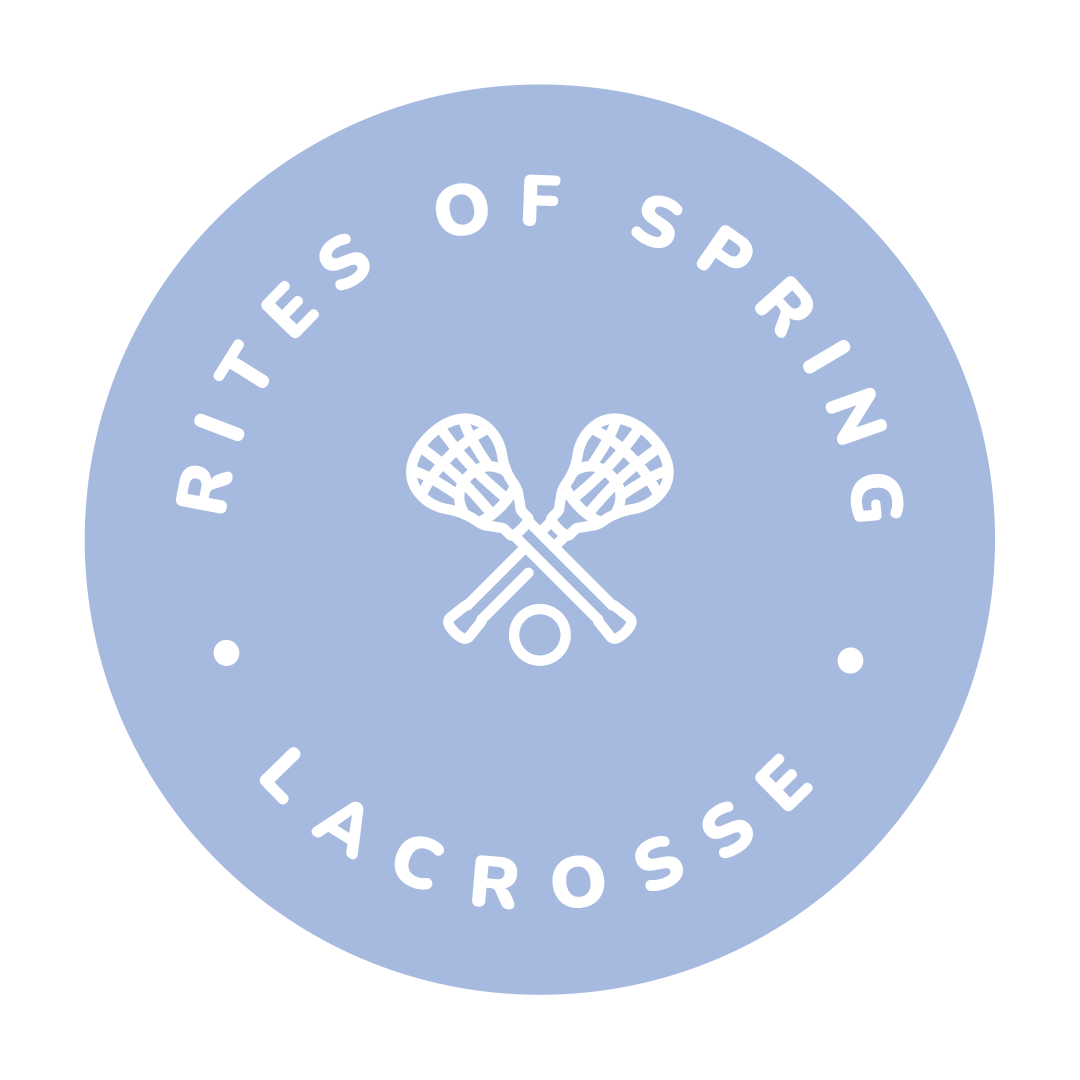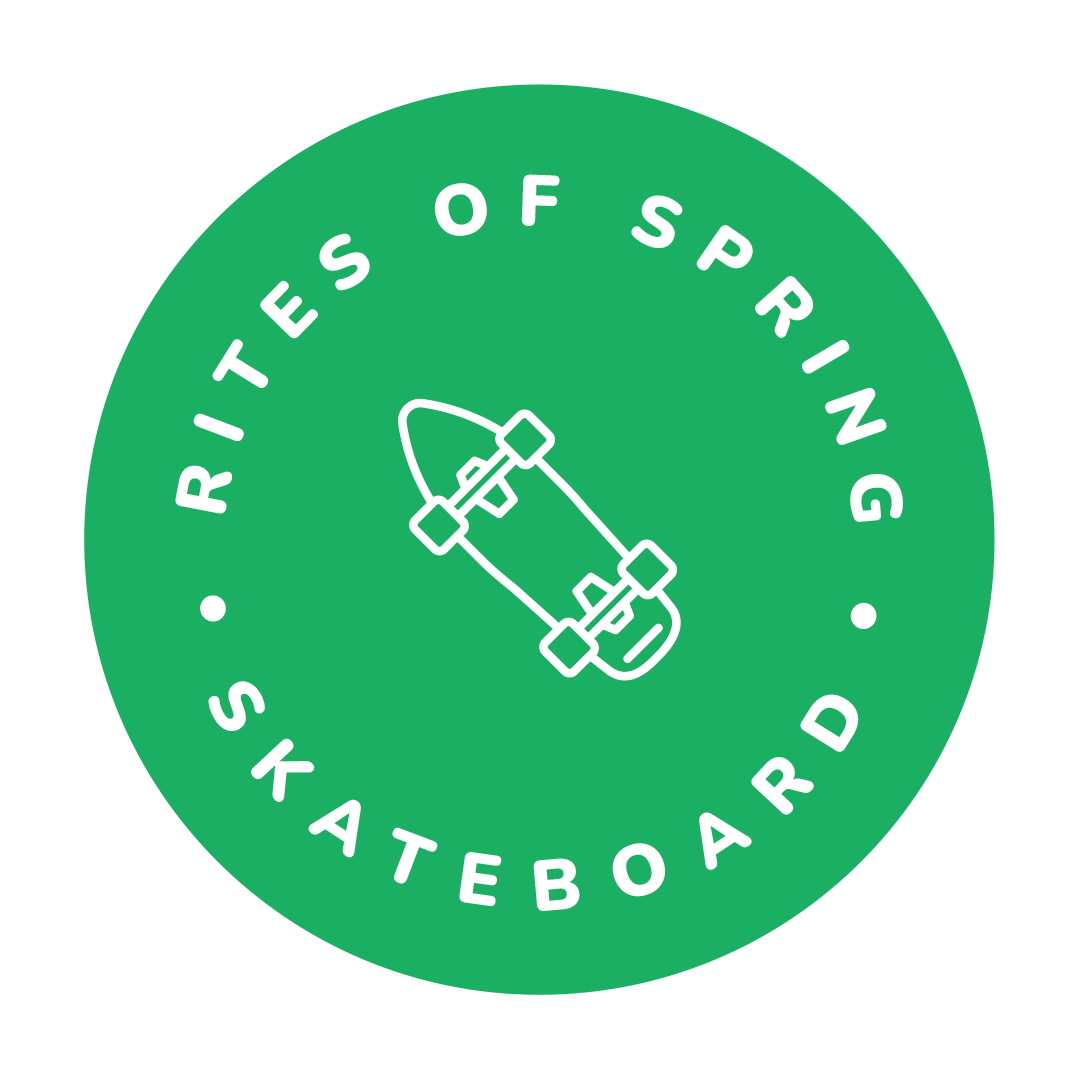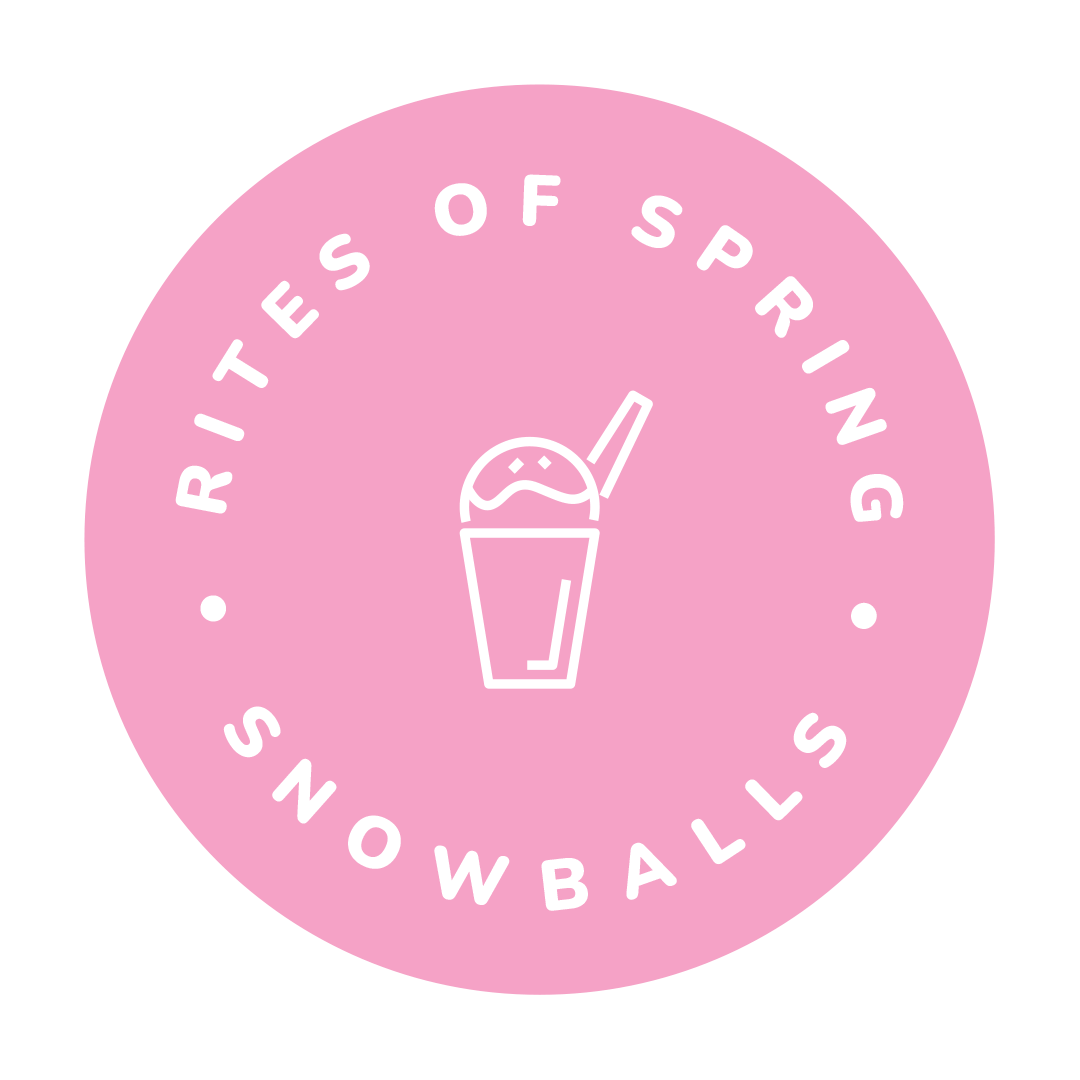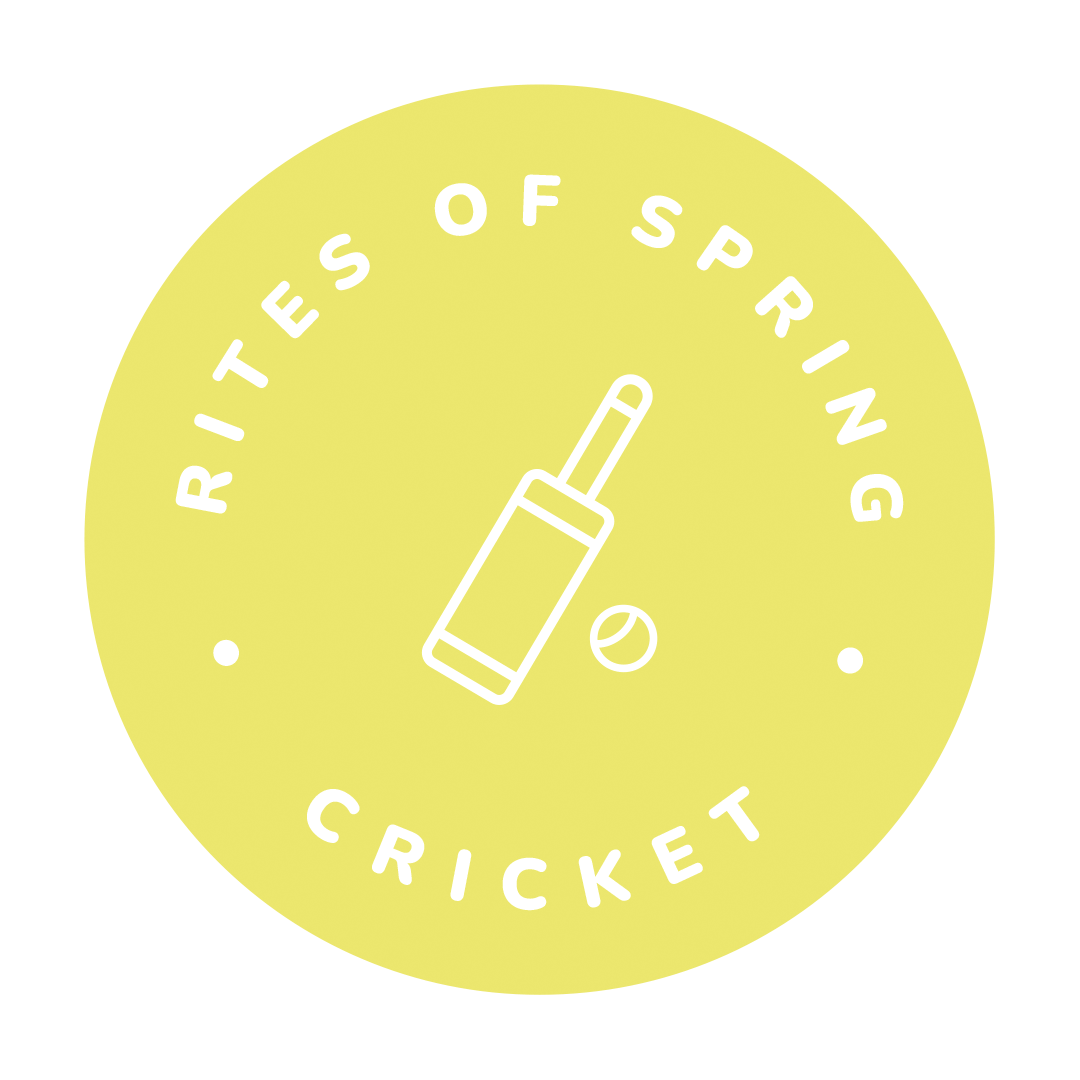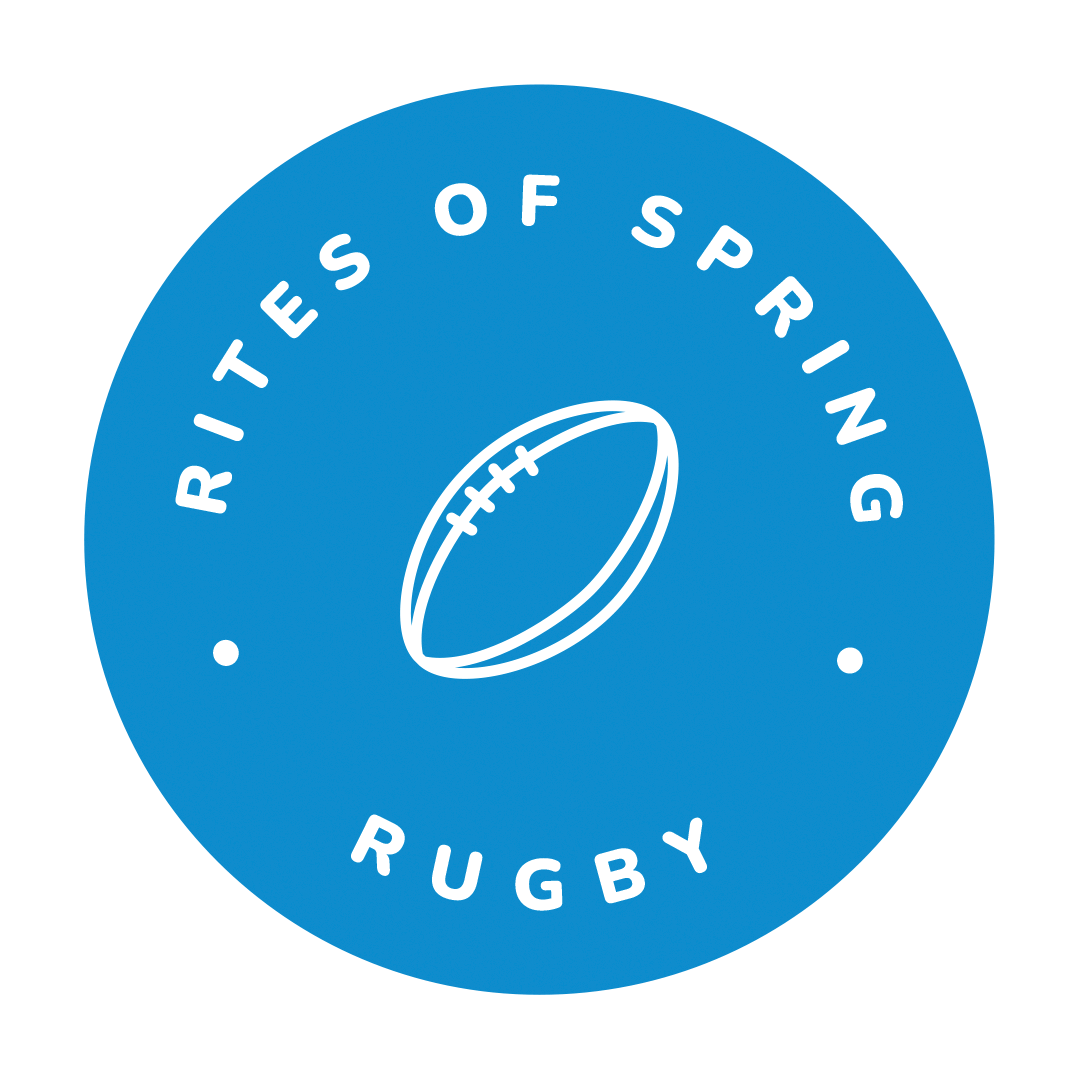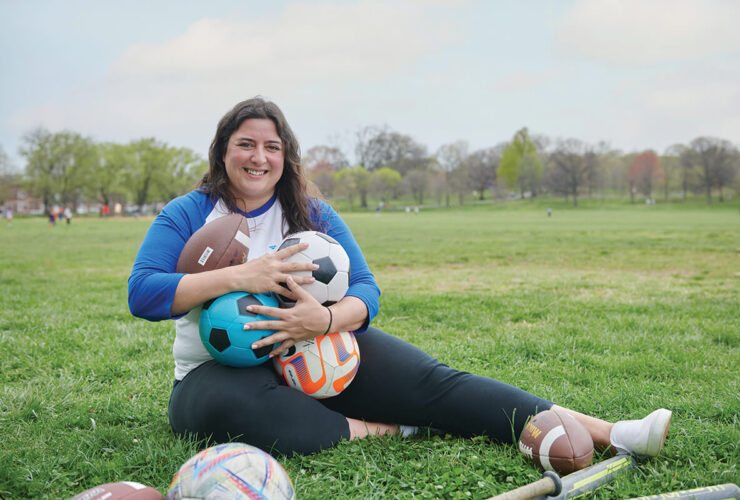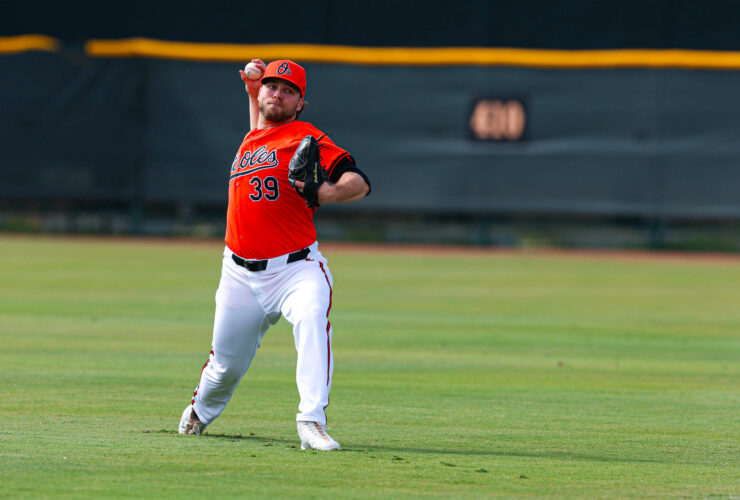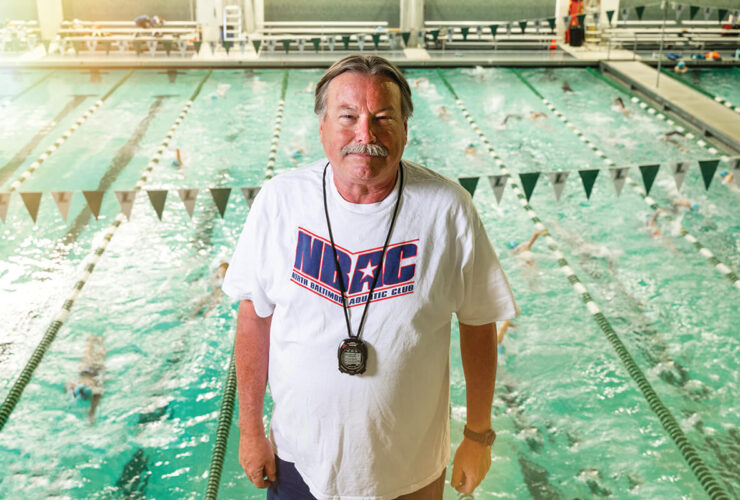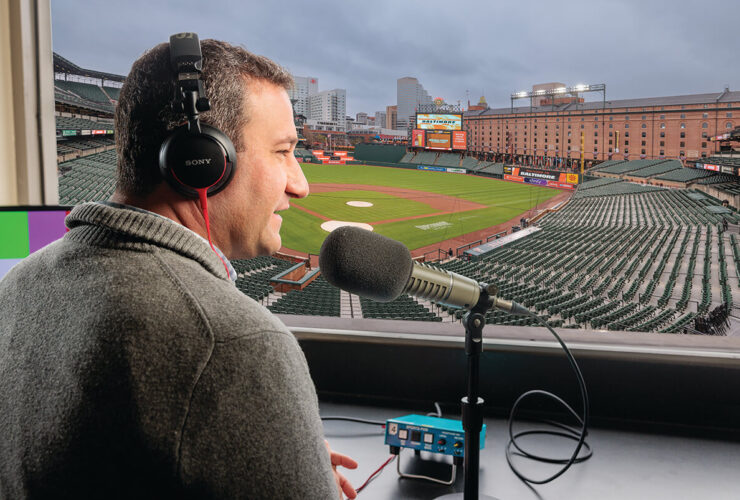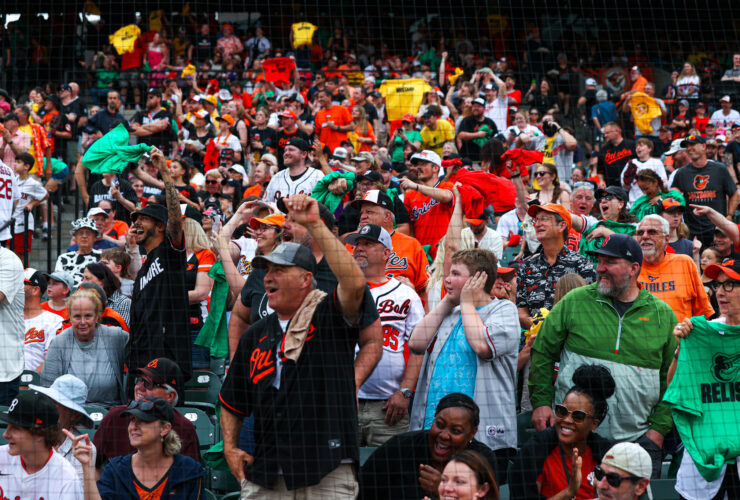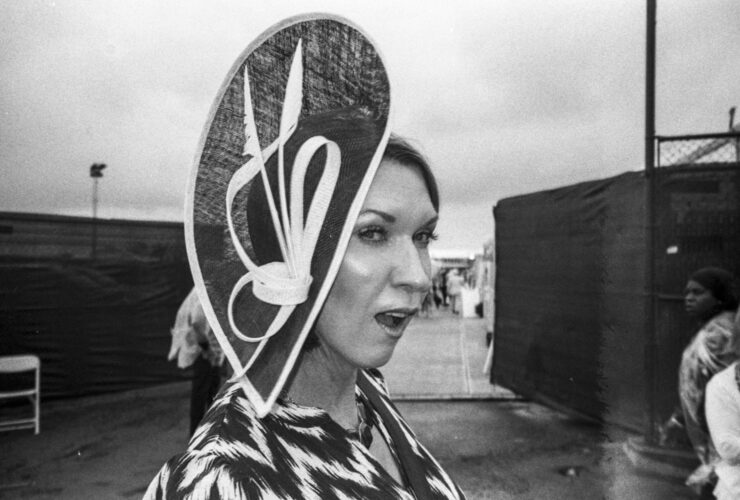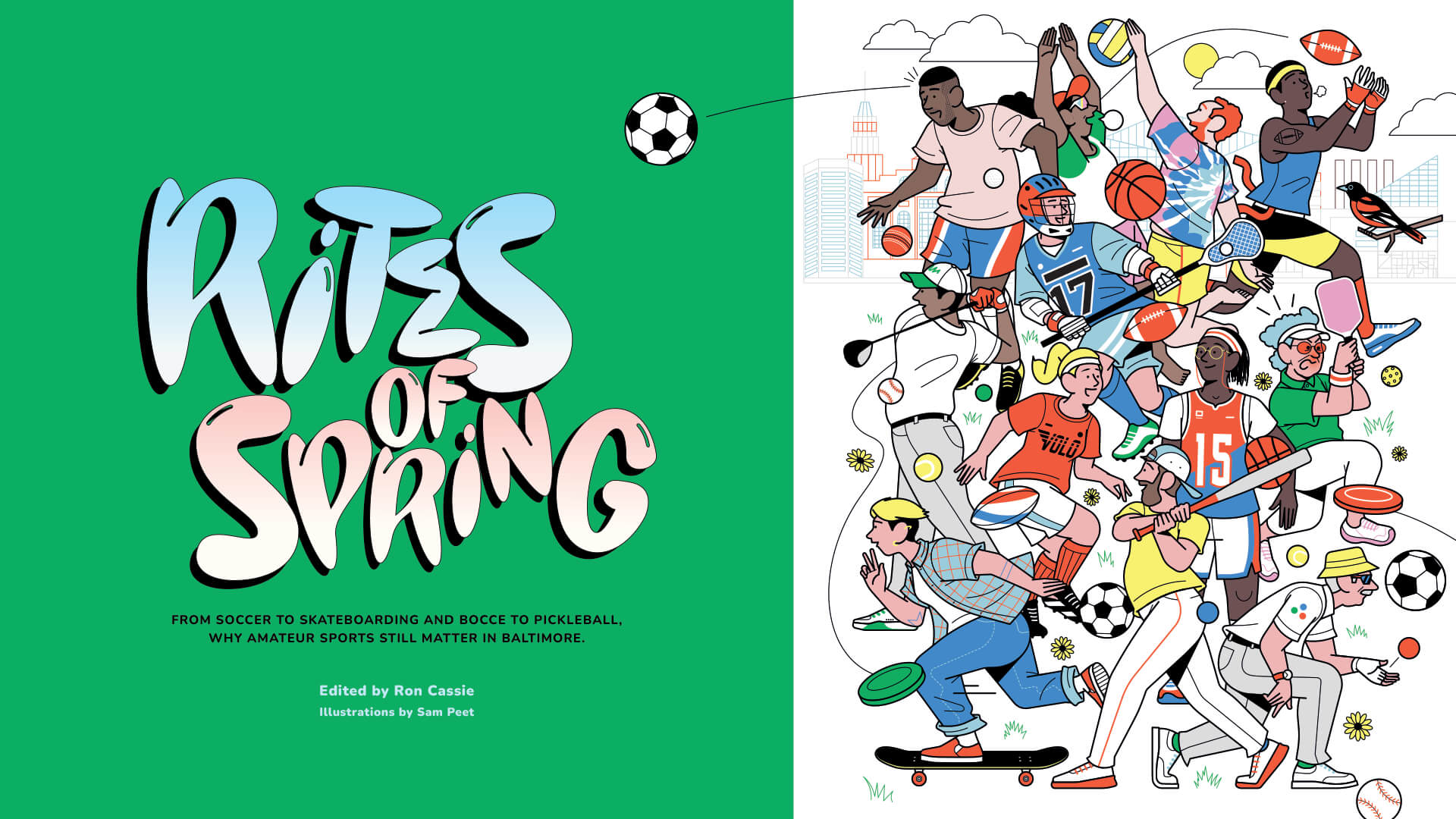
Outdoor
Rites of Spring
From soccer to skateboarding and bocce to pickleball, why amateur sports still matter in Baltimore.
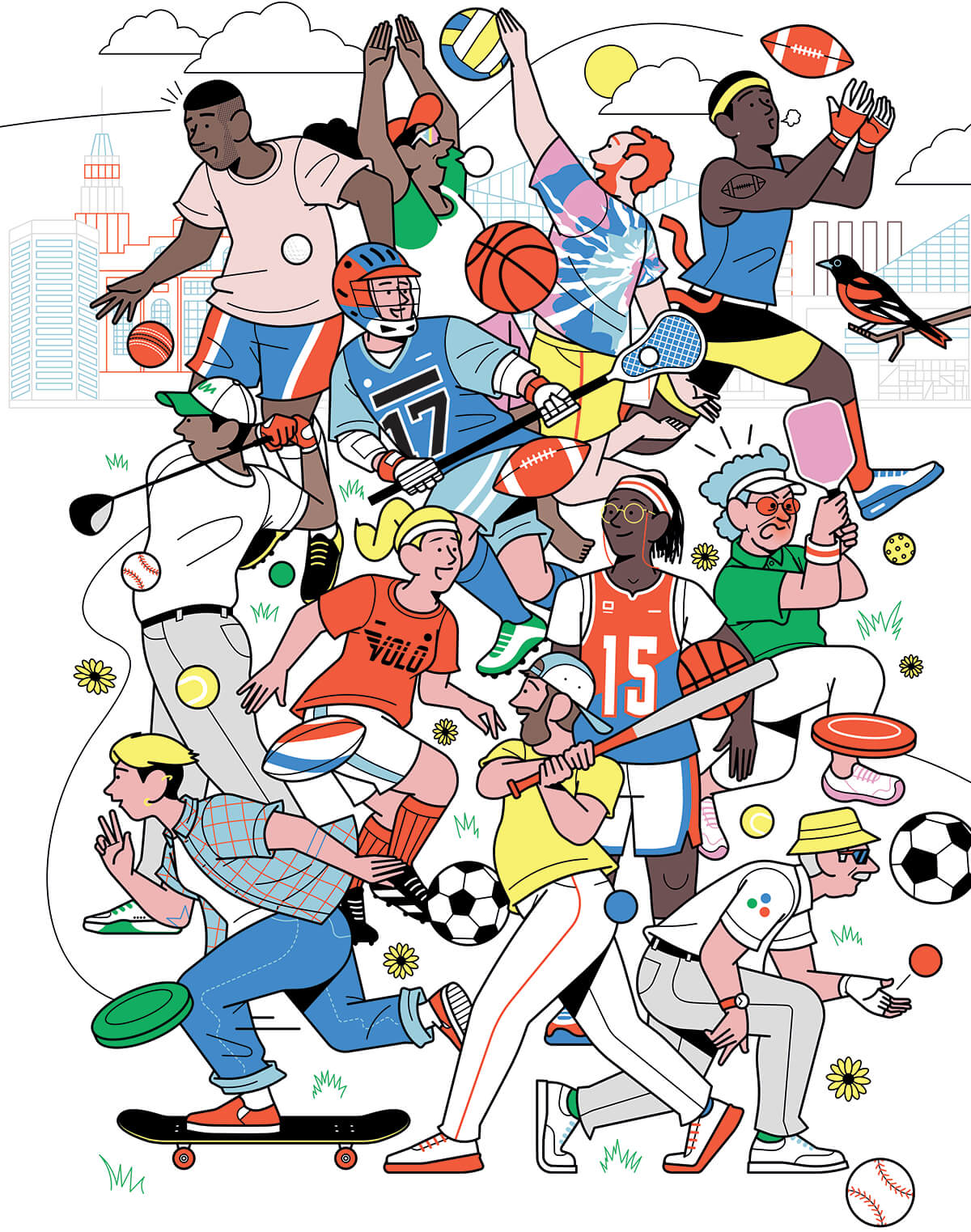
By Ron Cassie
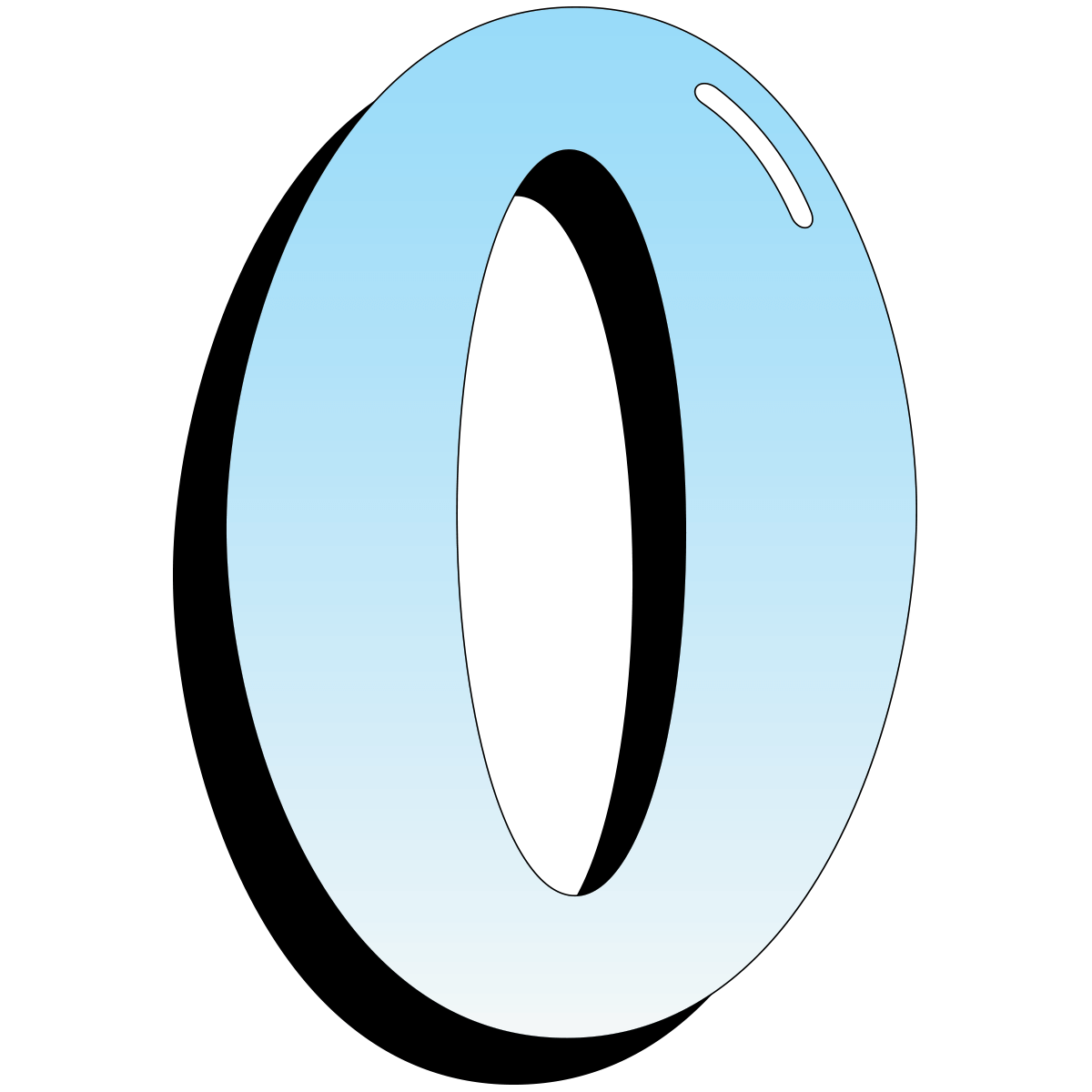
ne of my all-time favorite Baltimore sports stories does not involve the Orioles, Ravens, the old Colts, or even the dazzling Bullets of Wes Unseld and Earl “the Pearl” Monroe renown. Seven years ago this June, Christos FC, an amateur men’s soccer team that takes its name from sponsor Christos Discount Liquors in Glen Burnie, made a Cinderella run as memorable as any 15 seed that ever reached the Sweet 16.
At the 2017 U.S. Open Cup, Christos, which entered the qualifying rounds after winning the best local amateur men’s league—generally playing in front of friends and family—advanced to the fourth round by first knocking off Fredericksburg FC, then the Richmond Kickers (a pro team, albeit second-tier), and finally Chicago FC, a professional development league squad.
The prestigious, 110-year-old U.S. Open annually brings together major- and minor-league pro teams—and qualifying amateur clubs, at least in the earliest rounds. Waiting for the motley side of X-ray technicians, loan officers, and plumbers was none other than D.C. United, one of the most decorated teams in Major League Soccer—the top rung of professional American soccer.
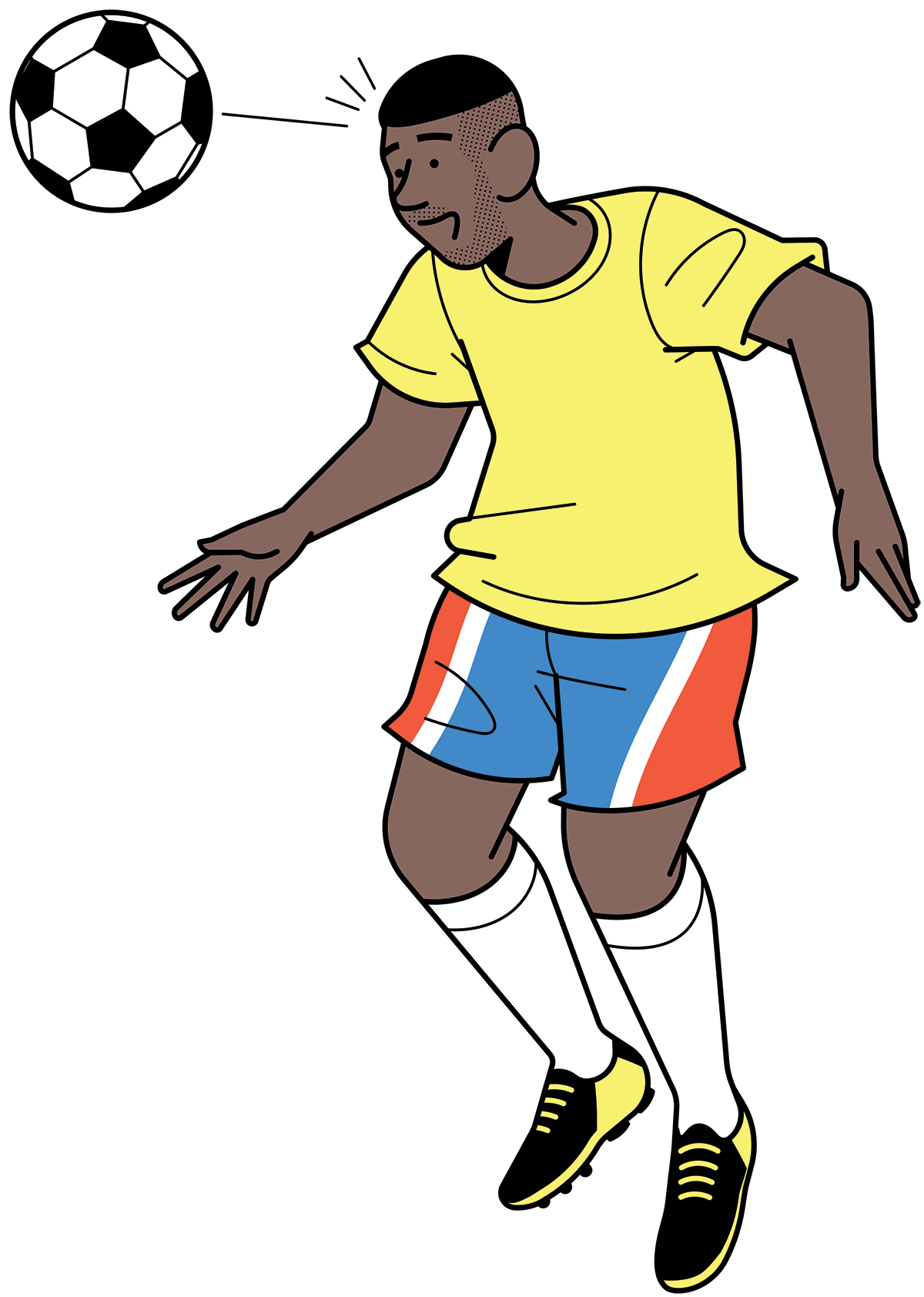
No one gave the last amateur club standing a shot, obviously. Just the fact they were facing off against D.C. United became a national story. Yet, in the 23rd minute, former UMBC midfielder Mamadou Kansaye’s free kick—shockingly—put the amateurs up 1-0, sending the sell-out Maryland Soccer Plex crowd into a frenzy. Washington Post sports editor Dan Steinberg posted a video of the goal on Twitter, which got picked up by NBC and CBS sports. He didn’t seem to believe what he was seeing:
“Uhhhh the beer league guys just scored. Mayhem.”
Incredibly, despite the humidity, zero practice, and little conditioning—day jobs, remember—Christos trailed only 2-1 into the 81st minute. “Everyone’s expecting us to win, and win big," United coach Ben Olsen, a former U.S. World Cup team member, said afterward, slighly in awe of the Cristos effort. “I’ve got a lot of love for Baltimore. Their group should be very proud.”
For anyone who never stopped playing the sport of their youth or picked it up again later in life, they know the final score (4-1) hardly mattered. The joy for the Christos squad was in the doing. Forget descriptions like never-was and hasbeen. They miss the whole point. Whether you play for a state champion amateur club like Christos or are a 50-something catcher in a men’s hardball league like Travis Wright (see Baseball section, below) or a 40-something skateboarder like Stephanie Murdock (see Skateboarding section)—you’re not washed up. You’re a footballer, a baseball player, a thrasher. Present tense. Doesn’t matter if there’s a trophy at stake or a Natty Boh.
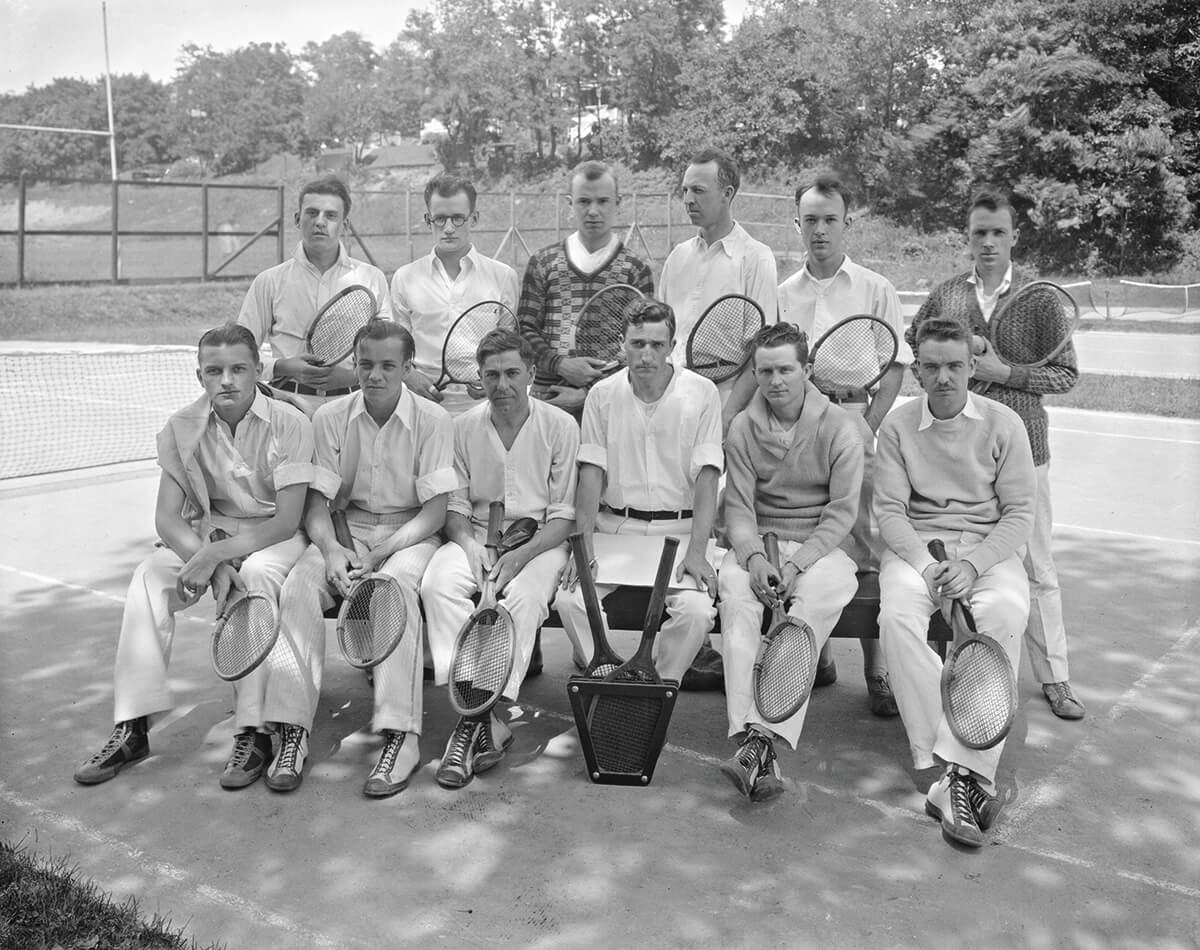
BALTIMORE
TENNIS PLAYERS, 1929. —COURTESY OF THE BALTIMORE MUSEUM OF INDUSTRY ARCHIVES
The thing you learn from playing adult sports is not that those blissful moments of youth are fleeting, but they are waiting for you. Time stops when we put on our cleats and dig into the batter’s box or smash a ball into the corner of the net. The boss. The deadlines. The phone. The bills. The anxiety. Whoosh. All magically disappeared. In their absence, our senses come back to life. We break a sweat.
“The smell of your glove and the ball, or when you put a charge in that ball, it still feels the same way as it did when I was 15 years old,” says Wright. “It’s amazing.”
How else do we explain why we leave work early to grab our gear and dash to a game? Well, there’s also the camaraderie. We form friendships that are simply based on pursuing a shared interest together, like we did as kids. No one cares about your politics, job, or bank account. They hope you score when they toss you a nice pass, but they’ll invite you to come out for a beer afterward, either way.
Hell, sometimes we meet our future spouses on the pitch. Ask the Baltimore Gaelic Athletic Association, responsible for a half-dozen marriages, about that.
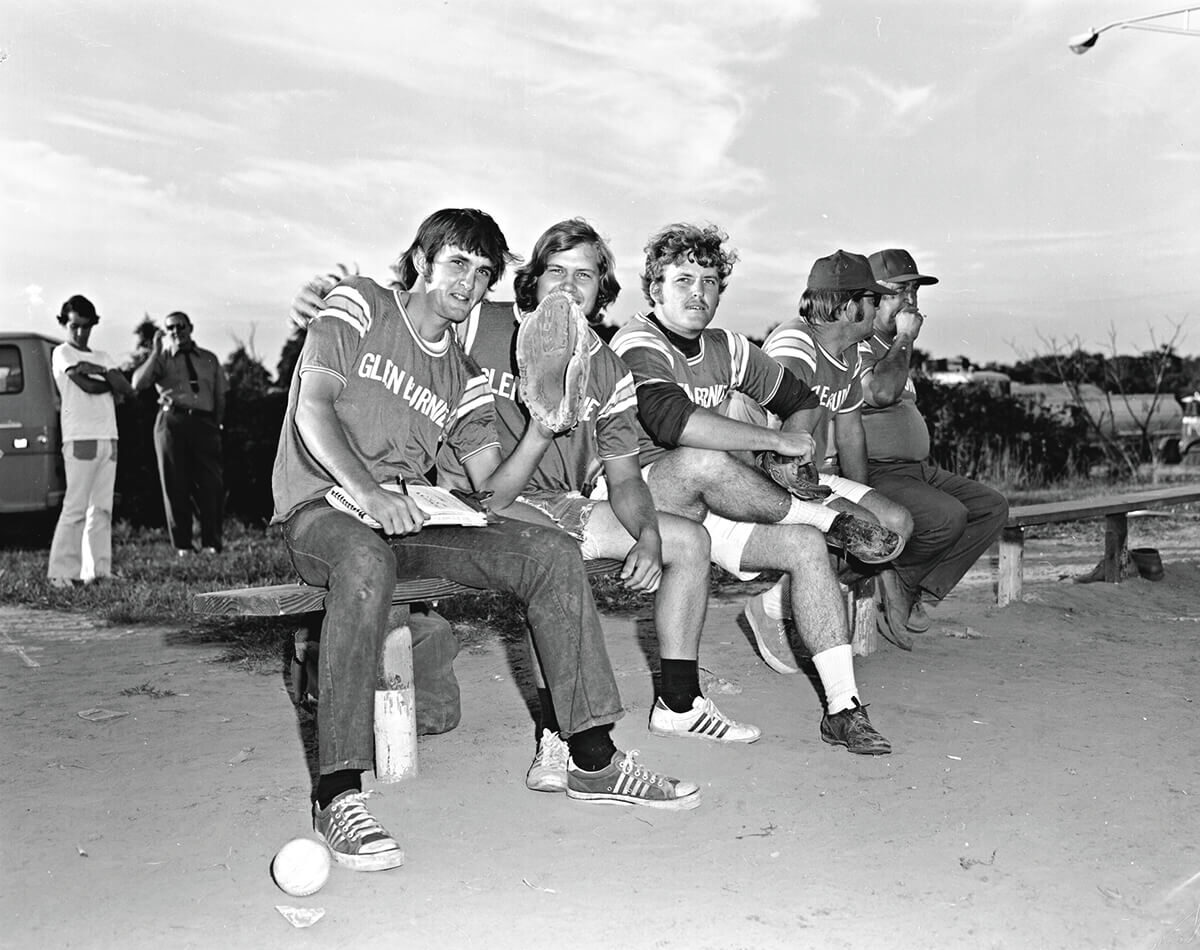
BGE’S
GLEN BURNIE SERVICE CENTER’S
SOFTBALL TEAM, 1972. —COURTESY OF THE BALTIMORE MUSEUM OF INDUSTRY ARCHIVES
There is another reason why these sports we play matter. They’re part of the fabric of city, the stuff that knits us together. They always have been. Big companies like Bethlehem Steel fielded leagues of softball and football teams in the day. Basketball and lacrosse, in particular, are in Baltimore’s DNA. Sports have played an important role in our immigrant communities, too. There are still German and Ukrainian soccer clubs, for example. You can also go by Patterson Park any weekend and see Latino community soccer and baseball, and Ecuadorian volleyball games. Baltimore County has a Nepalese cricket club.
Not long after I moved to Baltimore, I played softball in a bar league for the midtown pub where I worked. Now, I go cycling with the Baltimore Bicycling Club when I can. We don’t look at our phones for a couple of hours, breathe in the country air, and try to keep up with the ride leader. We talk about bikes, mostly, and places we’ve ridden recently. If you show up once or twice, people remember your name. It’s not complicated. Just fun.
Now that spring is here, and with all this in mind, with this package, we encourage folks to get out and play. It doesn’t matter what or how well, only that you enjoy it.
“THE SMELL OF YOUR GLOVE AND THE BALL . . . IT STILL FEELS THE SAME WAY AS IT DID WHEN I WAS 15 YEARS OLD. IT’S AMAZING.”
The occasional bruise, pulled hamstring, missed layup, and awkward kick? It’s all good. Because every so often, you’re going to score a run, a point, a basket, or a goal, and feel like Mamadou Kansaye did. Or feel 15 again like Travis Wright. And you know what? Your teammates will cheer for you, too. Where else does that happen when you’re an adult?
